Motorola needs to see the Edge Plus (2023) as a new beginning, a jumping-off point for a revitalized brand, and not just another phone in an ever-growing list of disappointing models.
Why? It’s apparently too good not to signal a new start. We gave the Edge Plus (2023) a 9/10 score in our review, so it rivals the very best phones you can buy today. It’s clearly excellent, but this came as a total surprise — because Motorola is one of the most frustratingly inconsistent phone makers out there today.
Nostalgia isn’t enough
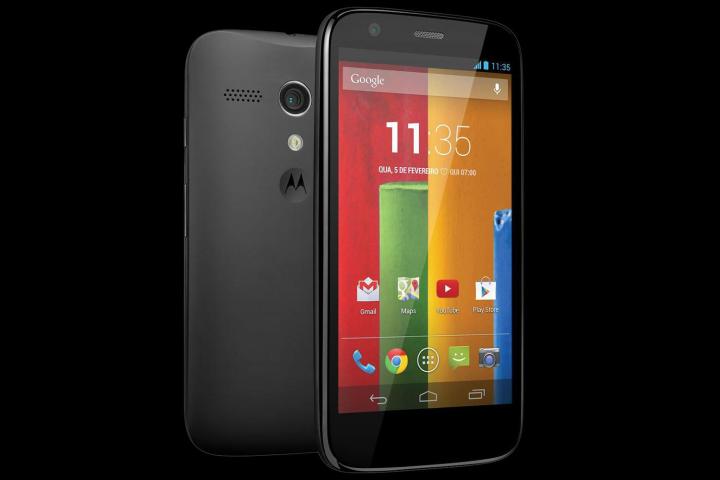
Hearing there was going to be a new Motorola phone used to be something to look forward to — ever since it made a comeback with the Moto G in 2013. Coincidentally, we also gave it a 9/10 score, praising it for its great specification, design, and software, which was yours for just $180. Motorola has ridden the wave of the Moto G’s glory ever since, including after Google sold Motorola Mobility to Lenovo in early 2014.
But can you name another phone as genuinely innovative and successful in the market that Motorola has produced since then? Probably not. Even those you could possibly name come with masses of caveats. The 2016 Moto Z came at the height of interest in modular smartphones and introduced Moto Mods, which were expensive, not very good, and few and far between. It wasn’t long before Motorola gave up on them, and the public had already lost interest anyway.
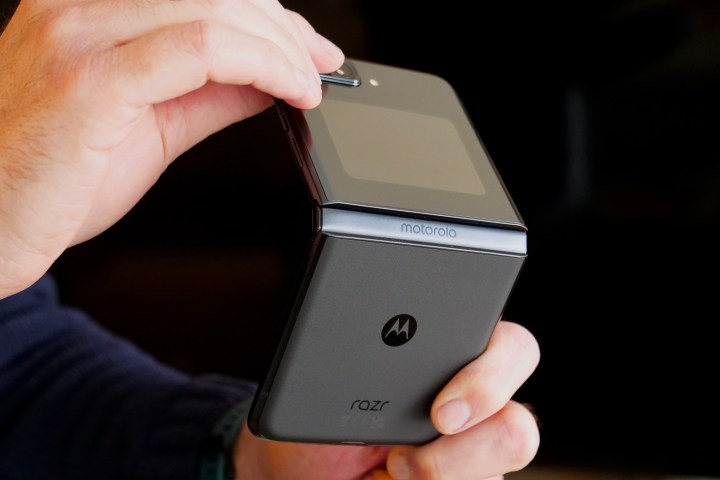
It hasn’t really managed to effectively capitalize on its heritage since either. The folding Motorola Razr still hasn’t got it right. The first was beset by hardware and software problems, the second was better, but the latest Razr (2022) still disappoints next to its rivals. It looks like Motorola is doing something exciting with the new Razr Plus, but it’s taken a while to get to this point.
Motorola is all about heritage, and it goes back further than the Moto G, with many remembering the original Razr very fondly. That the reimagined folding versions were so underwhelming borders on sacrilege — and is evidence that the manufacturer can’t get its marketing and hardware teams in sync.
Bizarre, confusing, and not very good
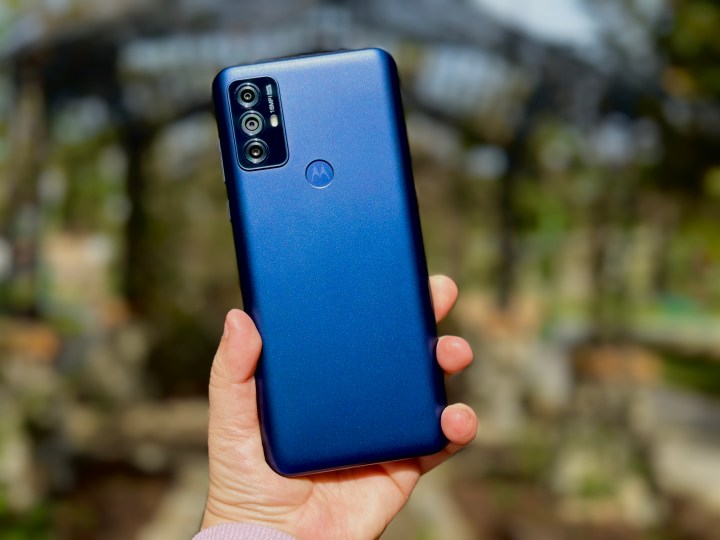
If the nostalgic spin failed to convince anyone the Razr was anything more than a shadow of its former self, the state of the Moto G line is even worse. There are 13 different Moto G phones available in the U.S. and six in the U.K., all with only marginally different specifications, and each with a spurious “selling point” — gaming, a stylus, or long battery life — placed on it by the marketing team.
This is the lower end of the market, so promoting phones this way isn’t unusual or, in itself, a bad thing. The problem is, the phones aren’t very good. The 2023 Moto G Play scored a woeful 4/10 in our recent review, while the Moto G Power (2023) only managed 6/10. Neither have NFC, the software will only be updated once, and the performance rarely inspires due to old hardware. This isn’t a new trend either, as the 2020 Moto G Stylus suffered from many of the same issues. In 2013, the Moto G was an easy recommendation. In 2023, it’s hard to recommend any of the multiple Moto G phones.

Owner Lenovo has even played the nostalgia card from its own side, introducing the ThinkPhone by Motorola earlier this year. In a fit of confusion, it launched as a business phone and then quickly became a consumer phone too, but the moment of interest had passed.
As a phone, it’s not bad at all, and up there with some of the recent Edge phones as being among Motorola’s better models. But its release and promotion were so botched it ended up appealing to absolutely no one, and many of the complaints leveled at its G and Edge models are still there, including no always-on screen and disappointing cameras.
The Edge Plus (2023) could change everything
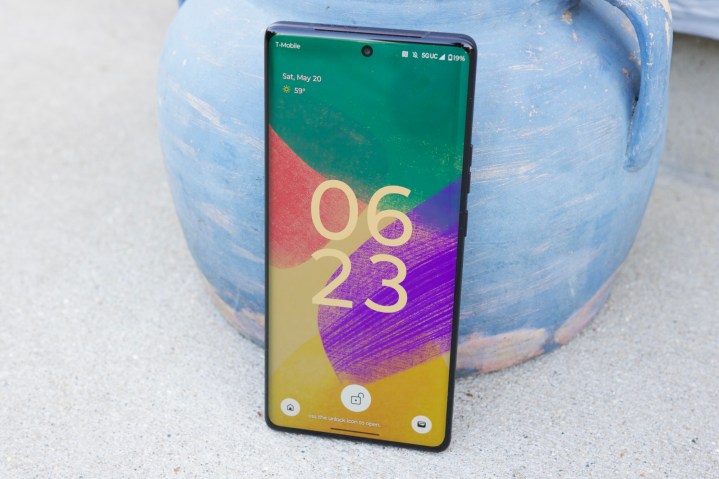
Even Motorola’s nomenclature is bizarre and confusing. The phones it sells in the U.S. are different in name to other regions, where the same phone exists but is called something else. It’s too reliant on a bland letter-number-number strategy and then using a date in the name to differentiate models, again doing its best to trade on decades-old goodwill. It ends up being very dull, and the hardware isn’t worth the effort it takes to decipher it all.
Now we come to the Motorola Edge Plus (2023). When first hearing about it, the choice of the name suggested we were in for more of the same, and trust in the brand to deliver a consistent product was so low it seemed likely it would be another missed opportunity for Motorola to come out of its “no flagship phone” funk and repeat what made the 2022 version a desirable phone again. After all, not all its Edge phones haven’t been standouts, often ruined by poor cameras and annoying software.
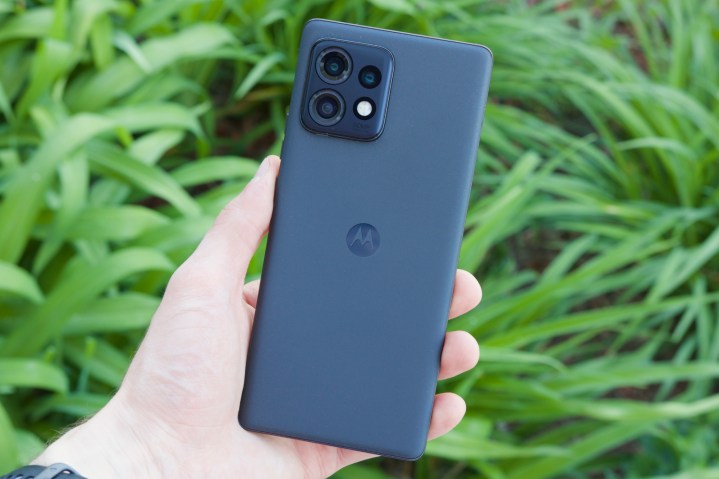
Amazingly, the Edge Plus (2023) is different. Digital Trends’ Mobile Editor Joe Maring said it’s “one of the best Motorola smartphones in years — if not the best,” and considering what we’ve been seeing for the last ten years, that’s a massive deal. That he goes on to recommend it as an alternative to such excellent phones as the Pixel 7 Pro and Galaxy S23 — and says it could replace his iPhone — only backs up how impressive it is.
It can’t be a unicorn
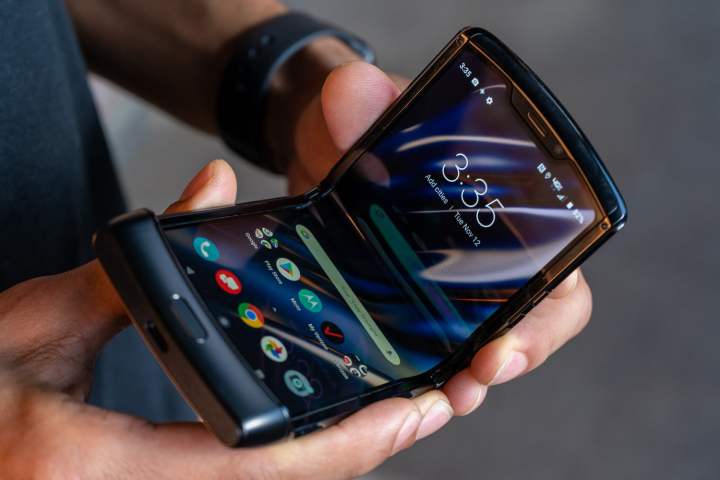
But will it also be a unicorn? It’s really the only current Motorola phone we feel strongly enough to recommend, and judging by its track record, our confidence about it not just being a happy accident or a one-off is practically non-existent. What we want is for Motorola to see the reception to the Edge Plus (2023) and change its ways. What it has been doing isn’t working, but it can now see what does work. It needs to slim down its range and copy what makes the Edge Plus work across what remains. A complete overhaul. The beginning of the end and the start of a new era.
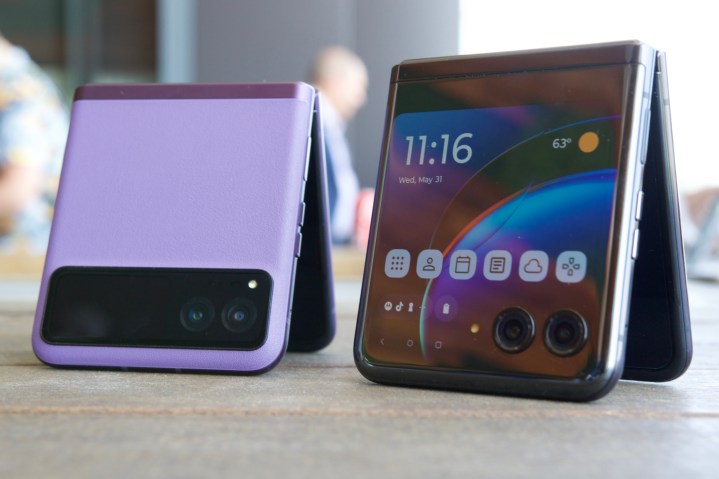
The success of the Motorola Edge Plus (2023) comes at a very important time. Motorola has the Razr (2023) and Razr Plus coming soon, and they need to be really good this time around. There’s more expectation around them than ever before, and even the slightest misstep will hurt its chances of winning people back and finally making the most out of the Razr name. They really need to be influenced by the Edge Plus (2023) and not the original Razr, the Razr (2022), or any Moto G.
Will it happen? With Motorola, it really could go either way, and that’s the entire problem.


